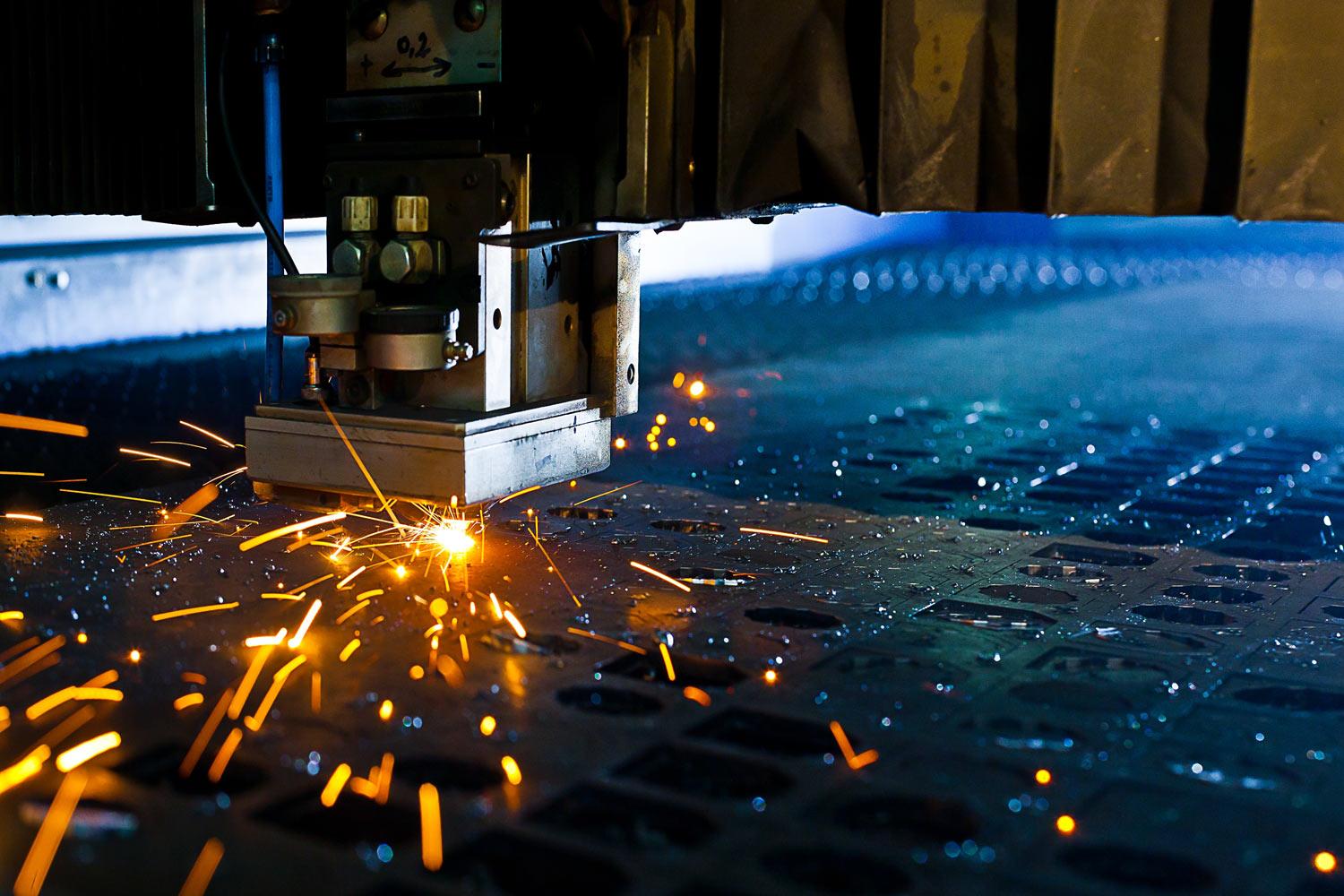
McPherson Magnet's STEM Program
PROJECT LEAD THE WAY - Launch and Gateway
McPherson's Femineer Club
8th Grade
8th grade students solve medical mysteries through hands-on projects and labs, investigate how to measure and interpret vital signs, and learn how the systems of the human body work together to maintain health.
In this photo students in Biomedical Science are learning about how vaccines work to protect the body against disease. The students "spread" the chicken pox disease to look at the difference in the rate of infection when a small versus a large percentage of students have been vaccinated.
7th Grade
7th grade students develop solutions to authentic problems through mobile app development. They will convey the positive impact of computer science to other disciplines and to society.
Create an App
User Interface (UI)
Micro:bit
6th Grade
6th grade students understand that the ability to create an accurate sketch is an important skill to communicate ideas. Thumbnail sketches are a quick way of getting an idea onto a sheet of paper. Isometric sketches show three sides at once and are useful for explaining design ideas to a team. They also use modern engineering tools (CAD) as a means to solve an engineering problem.
GeoGebra
Puzzle Cube
Design a Toy
5th Grade
5th grade students understand a variety of input and output devices through hands-on experience using VEX kits. Then they will build a remotely operated robot with a variety of input and output devices. The robot must complete the task of collecting blocks and moving them across the floor.
Teamwork
VEX Kits
Build a Robot
4th Grade
4th grade students investigate how we take in information through the senses and where the information is processed in the brain. Students also explore how the brain and body react to stimuli. For the final project in this module, students work as a team to design, plan, and create a video to raise awareness about concussions and educate children as to how concussions can be either identified early or prevented all together.
Reaction Tests
Information Processing
Concussion Prevention
3rd Grade
In this module, 3rd grade students gain an understanding of forces and interactions using multiple modalities. They used attributes and components of six simple machines to create their own compound machines. Next students explored the cause and effect relationship of magnetic interaction and determined if the interaction with the magnet was a push or a pull.
Compound Machines
More Compound Machines
Magnets
2nd Grade
2nd grade students build knowledge and skills that will enable them to program a game on a tablet using ScratchJr. They learn that computing is a collaborative activity that fosters creativity, communication, and teamwork. Students have to be able to break a problem down into smaller problems in order to construct a sequence of steps to solve a problem. Persistence is key to success!
Rolling Sums Game
Sweep the Grid
Game Makers
1st Grade
1st grade students learn what it means for an organism to adapt to its environment and how different adaptations can be categorized (i.e. for protection, for camouflage, for food, and for locomotion.) Then they explore an example of each adaptation in depth from each category.
Fur and Feathers
Adaptations
Protection Exploration
Kindergarten
Kinder students explore and identify forces as pushes and pulls through books, a scavenger hunt, games, and observations of daily activities. Students identify the effects of different strengths or different directions of pushes and pulls on the motion of objects. They are introduced to the design process as a way of helping us to solve problems.
Everyday Pushes and Pulls
Goldie Blox and the Spinning Machines
Collisions
McPherson Magnet School
Email: jerven@orangeusd.org
Website: mcphersonhome.meteormail.net
Location: 333 So. Prospect St., Orange, CA
Phone: (714) 997-6384
Twitter: @McPhersonMagnet


























